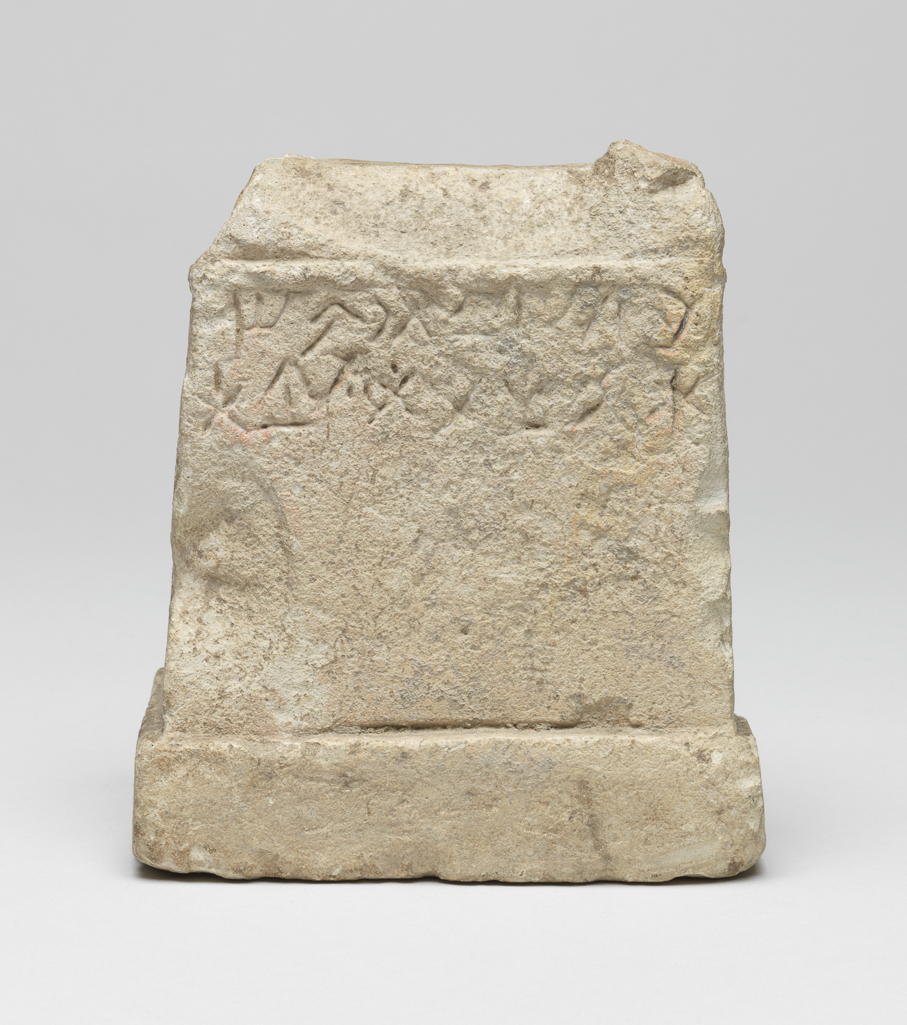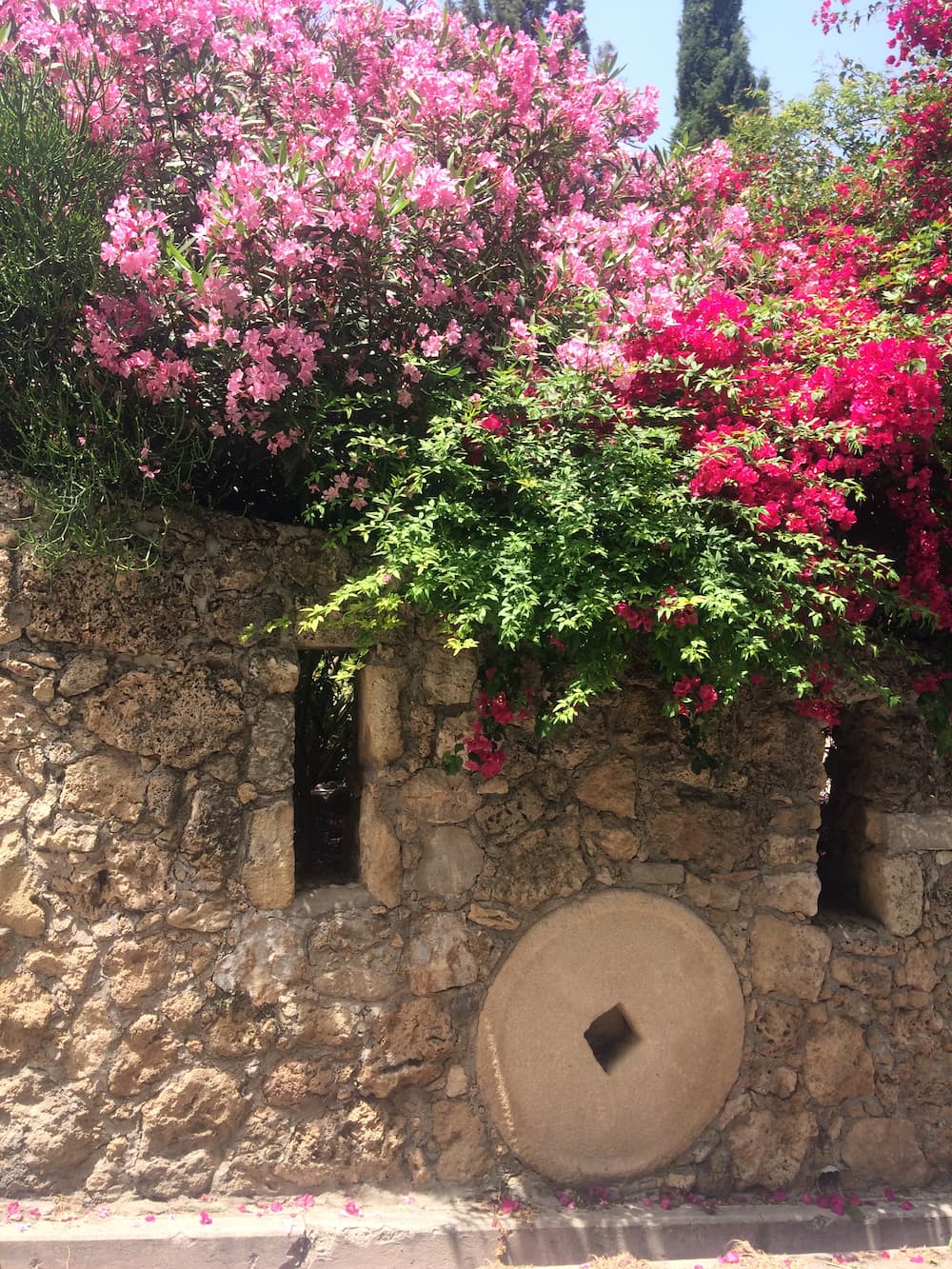‘Being an Islander: Art and Identity of the Large Mediterranean Islands’ runs as a research project between 2019 and 2023, with a major exhibition titled ‘Islanders: The Making of the Mediterranean’ opening on 24 February 2023 and closing on 4 June 2023.
Both the exhibition and research components of ‘Being an Islander’ project, together with corresponding public engagement actions and outputs, aim to elucidate what defines island identities in the Mediterranean. They explore how insularity affected and shaped cultural identity using the examples of Crete, Cyprus and Sardinia, and provide a platform to debate cultural evolution on the islands as opposed to the surrounding mainland. The exhibition will extend beyond the topic of the ancient Mediterranean, incorporating the current perceptions of and discourses about island versus mainland cultural identities (e.g., including Britain’s own, debated island identity).
Throughout history, islands have been treated as distinct places, unlike mainland and continental masses. In geographic terms, islands are merely pieces of land surrounded by water, but the perception of island life has never been neutral. Rather, the term ‘insularity’ – belonging to/being of an island – has been romanticised and associated with otherness. Islands have often been deemed to have different histories from the mainland and with more readily isolated socio-political, cultural and economic characteristics. Yet connectivity has also been an important feature of island life as the sea can be a linking rather than just a dividing body, motivating and maintaining informal and formal connections. This has been made evident by the flourishing studies of the archaeology, art and history of the Mediterranean islands.
‘Being an Islander: Art and Identity of the Large Mediterranean Islands’ has a broad diachronic scope and applies integrative analytical approach. Our exhibits will integrate research findings from scientific fields within archaeology, such as ceramics studies, archaeobotany, and archaeometallurgy, as well as its multi-scalar approaches to past human interaction within continental and island environments. They will also engage works of modern artists whose creations contemplate what belonging to an island means.
The exhibition and research confront the perception that ‘being an islander’ is a distinctive attribute or a set of well-defined characteristics. Instead, we argue, ‘being an islander’ is a highly fluid state of being, whether consciously or not, both in the past and the present. Through key artefacts and interactive installations, the exhibition makes a case for thinking about the Mediterranean regions surrounding this dynamic body of water in terms of connectivity and mobility rather than through the entrenched disciplinary divides and modern political boundaries.




